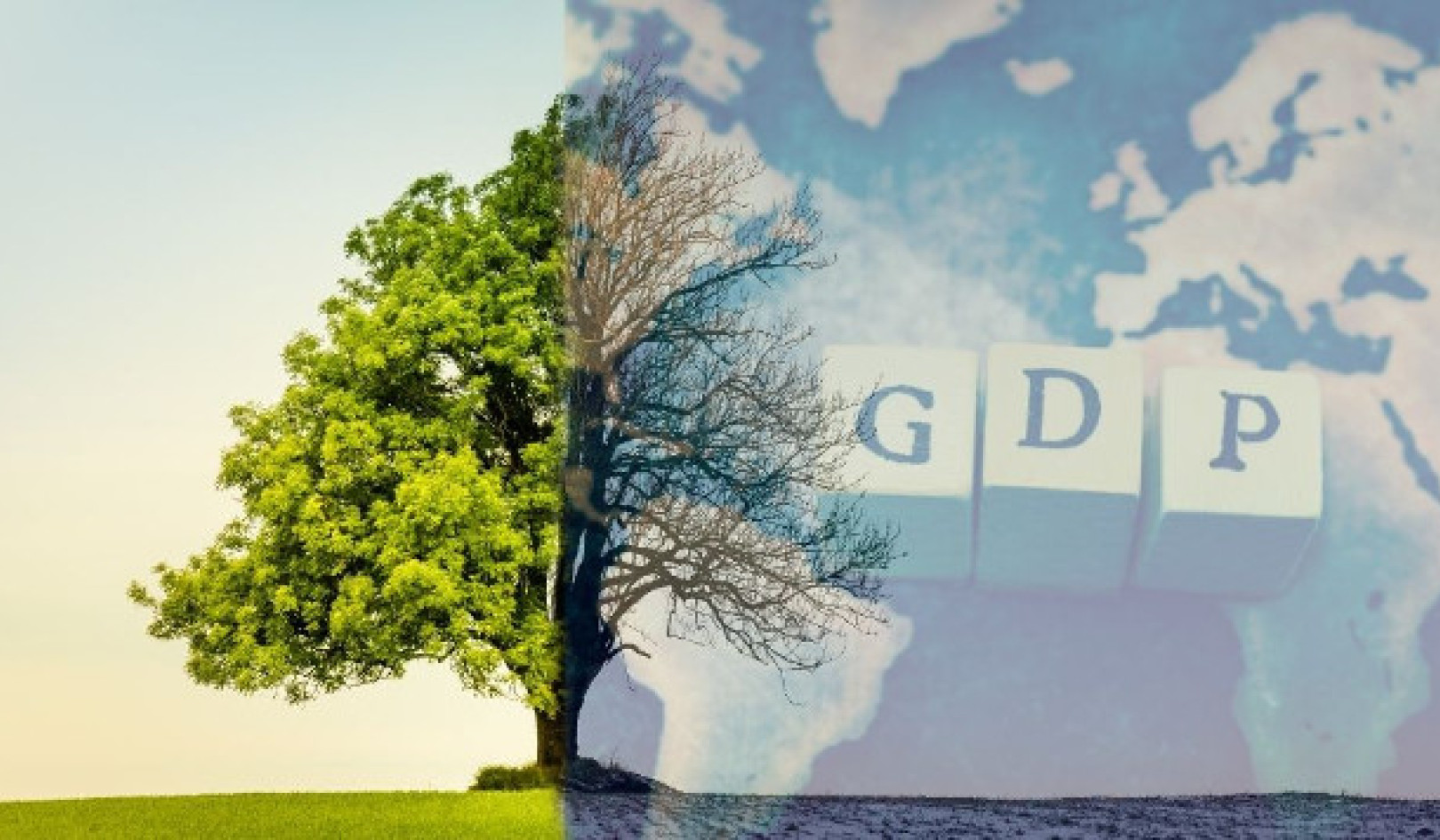
As the novel coronavirus pandemic continues to unfold, travel restrictions are being imposed around the world. China is the main target, with various countries including Australia, Canada and the US placing different restrictions on people who have travelled through the country where the outbreak started. Beijing has attacked the US restrictions on Chinese citizens as “excessive”, advising them not to travel to the country as a result.
It brings to mind the Yellow Peril hysteria of the late 19th and early 20th centuries. It was used to justify European colonialism in Asia; while in response to inflows of Asia immigrants to California, the US congress passed the Chinese Exclusion Act in 1882 to block the entry of people of Chinese origin.
Obviously the circumstances today are quite different: where the 19th century hysteria over Asian immigration reflected a racist anxiety about hordes of low-wage incomers undermining white livelihoods, the latest developments reflect understandable fears about the spread of a new infectious disease that has killed hundreds of people. And besides China, we are also seeing travel restrictions being imposed on the likes of Italy, Iran and South Korea.
Yet in an interesting parallel with the Yellow Peril, the mounting fears around coronavirus have come when Western anxieties about China had been reaching new highs already. These are all about China’s emergence as a global power, a narrative that has been forming for decades.
The Soviet collapse at the end of the 1980s ushered in a short period of US domination. Several rivals began manifesting pretensions of global influence – notably the European Union (in practice Germany), the BRICS countries and Japan – but the rapid rise of Chinese economic and military power has ended any illusion of a multi-polar international system. Two decades into the 21st century, global power has coalesced into a new bipolar rivalry between the United States and China.
Measuring China’s rise
These two powers have separated themselves from the others to a striking extent. At the end of 2018, the US economy accounted for 22.3% of global GDP, the Chinese 14.6% and number three Japan a distant 5.4%. GDP may be a poor measure of citizen welfare, but it accurately indicates productive power, and thus the capacity to generate military hardware and research.
For exports, the top two reverse. China leads with US$2.5 trillion, 13% of the global total, with the US at US$1.7 trillion. Germany comes a close third at US$1.6 trillion, but at number four Japan is less than a trillion. Exports also provide a measure of military and political power, with the exception of Germany, which has found it useful to minimise military expenditure in favour of economic competitiveness since the second world war. Both this economic policy and Germany’s constitution, which outlaws aggressive wars, rule the nation out as a superpower, at least for the foreseeable future.
Buttressed by the world’s largest economy, the US government in 2018 had a military budget of US$750 billion (3.2% of its GDP), far ahead of China’s US$237 billion (1.9%). No other government reached US$100 billion and only three exceeded US$50 billion (Saudi Arabia, India and the United Kingdom). The Chinese government did, however, field the world’s largest standing army (followed by India, then the United States).
Along with economy size and exports goes another, pejorative, superpower indicator : the power to pollute. In absolute terms China produced more CO? emissions than any other country, 9,041 million metric tonnes (MMT) in 2019, with the US a distant second at 5,000MMT. Per capita, the US led China with 15.5 metric tonnes compared to 6.6. But the US was not number one per capita, a dubious distinction going to Saudi Arabia (followed by Australia).
Finally, a country’s private investment holdings abroad have usually tracked its economic and military power, as well as indicating its phase of development. Countries emerging from underdevelopment partly do so by attracting private investment from more technologically advanced countries. On the other hand, when a country shifts from net investment inflows to net outflows, it is sign that it is moving from development to maturity.
In the late 2010s, the Chinese economy reached that latter stage, with investment outflows of US$860 billion and inflows of US$795 billion. At the end of 2018, foreign investments in Chinese stocks still well exceeded the holdings of Chinese companies abroad. But if you include Hong Kong, as the Chinese ministry of commerce does, the two sides of the ledger almost balance: Chinese and Hong Kong companies held US$3,580 bilion in overseas assets compared to foreign holdings of US$3,625 billion in China and Hong Kong. This was still distantly second to the US at US$6,476 billion in overseas assets, but Chinese capital far exceeded the Japanese and German totals of about US$1,650 billion.
Economic Impacts
China’s challenge to American dominance helps explain everything from their trade war to the security row over Huawei. It also explains the scale of the threat to the global economy from the novel coronavirus. Chinese business executives as well as workers travel the globe, and the largest single source of tourist spending comes from Chinese visitors. An effective quarantine on travel in and out of China looks difficult if not impossible. As the World Health Organization warned recently, the “window of opportunity” to contain the outbreak is narrowing.
By any rational calculation, human suffering from the pandemic should far outweigh its economic impact, though the latter will directly affect the former. In 2019 the world economy expanded at a rate of 3%, China at 7% and the rest of the world at 2.3%. Analysts and business leaders are predicting a substantial impact on growth in 2020, with the emphasis on the availability of auto parts, smartphone production and commodity prices falling due to reduced demand.
In my view the estimates are too modest. The Chinese economy may have no growth and perhaps decline in 2020. Should that occur, world trade would fall negative as it did in 2009, 2015 and 2016, and a global recession would follow.
To venture a prediction, all the major European countries will enter recession, perhaps to match the declines in 2008-09. The financial markets have fallen sharply in the past two days, perhaps because they are seeing how quickly the disease can potentially spread around the world. In truth, the economic risks have been apparent for some weeks. The threat from China is quite different to the one that rival nations had been expecting, but there’s nothing false about the mounting sense of alarm.![]()
About The Author
John Weeks, Professor Emeritus of Economics, SOAS, University of London
This article is republished from The Conversation under a Creative Commons license. Read the original article.
Related Books:
The Body Keeps the Score: Brain Mind and Body in the Healing of Trauma
by Bessel van der Kolk
This book explores the connections between trauma and physical and mental health, offering insights and strategies for healing and recovery.
Click for more info or to order
Breath: The New Science of a Lost Art
by James Nestor
This book explores the science and practice of breathing, offering insights and techniques for improving physical and mental health.
Click for more info or to order
The Plant Paradox: The Hidden Dangers in "Healthy" Foods That Cause Disease and Weight Gain
by Steven R. Gundry
This book explores the links between diet, health, and disease, offering insights and strategies for improving overall health and wellness.
Click for more info or to order
The Immunity Code: The New Paradigm for Real Health and Radical Anti-Aging
by Joel Greene
This book offers a new perspective on health and immunity, drawing on principles of epigenetics and offering insights and strategies for optimizing health and aging.
Click for more info or to order
The Complete Guide to Fasting: Heal Your Body Through Intermittent, Alternate-Day, and Extended Fasting
by Dr. Jason Fung and Jimmy Moore
This book explores the science and practice of fasting offering insights and strategies for improving overall health and wellness.
care























